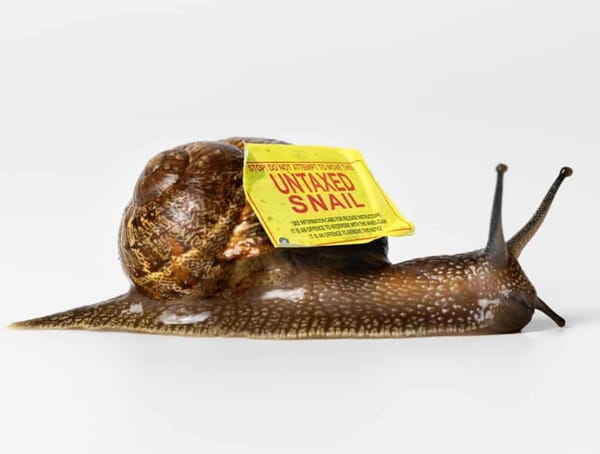The immovable ladder on the Church of the Holy Sepulchre

From Atlas Obscura: "Jerusalem's Church of the Holy Sepulchre is one of the holiest places in Christianity and has been the site of pilgrimages since the 4th century. Care over the church is shared by no less than six denominations. The whole edifice is carefully parceled into sections, some being commonly shared while others belonging strictly to a particular sect. A set of complicated rules governs the transit rights of the other groups through each particular section on any given day, especially during the holidays. Sometime in the first half of the 18th century, someone placed a ladder up against the wall of the church. No one is sure to which sect he belonged. The ladder remains there to this date. No one dares touch it, lest they disturb the status quo, and provoke the wrath of others. The exact date when the ladder was placed is not known but the first evidence of it comes from a 1728 engraving by Elzearius Horn. It hasn’t moved since."
Charles de Gaulle's favorite daughter Anne had Down syndrome
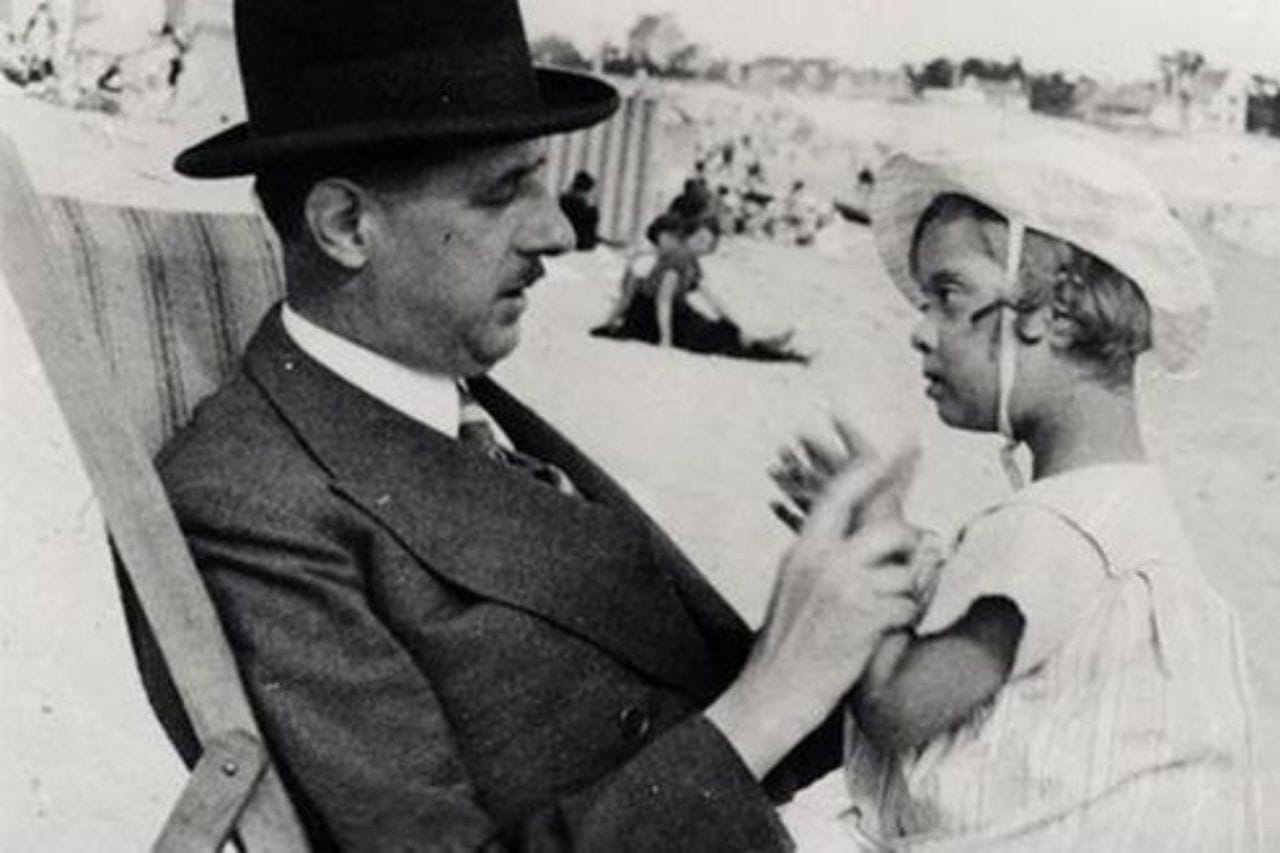
From The Independent: "When Anne was born, in 1928, there would have been a huge stigma attached to having a child with Down syndrome. It was often thought to be a result of parental alcoholism, venereal disease, or overall degeneracy. Eugenics was also coming into vogue at the time. In those days the norm would have been to put a child like Anne into an institution. (Indeed, nearly four decades later, when playwright Arthur Miller fathered a son with Down syndrome, he not only put him in an institution, he pretended he never existed.) De Gaulle is generally thought of as a bit of a pig, but with Anne he was different. Apparently he delighted in telling her stories and singing her songs, doing little dances for her and putting on pantomimes. And in many ways, she was de Gaulle's secret weapon: "She helped me overcome the failures in all men," he said, "and to look beyond them."
Hundreds of silent-film reels were found buried underground in the Yukon
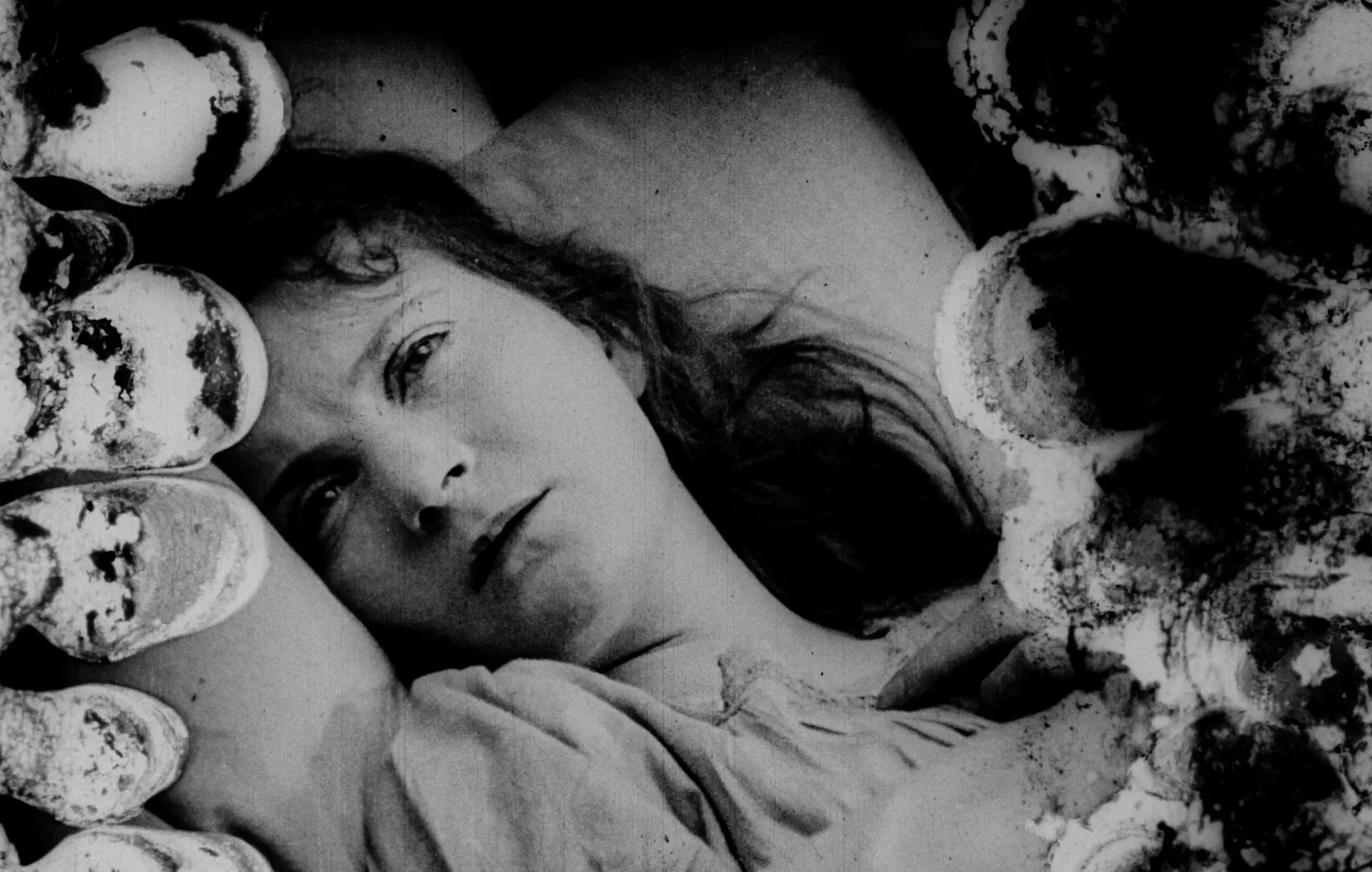
From The New Yorker: "In 1978, Frank Barrett, a construction worker in Dawson City, to was excavating the site of a new recreation center when he discovered reels of film poking out from the hard-packed terrain. He recognized the potential significance of the find and made official inquiries that ultimately led to careful digs to unearth the full complement of material, which turned out to be more than five hundred reels of highly flammable nitrate film. The remote region didn’t get films until years after their release; as a result, distributors didn’t want to pay for the return of those films, which had exhausted their commercial life. Dawson City exhibitors sought to store the films, but the highly flammable nitrate reels occasionally combusted spontaneously. As a result, many films were dumped in the river, others were burned in a huge bonfire, and those that remained were buried deep below the surface of the earth in a permafrost pit."
(Editor's note: If you like this newsletter, please share it with someone else. And if you really like it, perhaps you could subscribe, or contribute something via my Patreon. Thanks for being a reader!)
The strange appeal of Gloucestershire's downhill cheese-rolling race
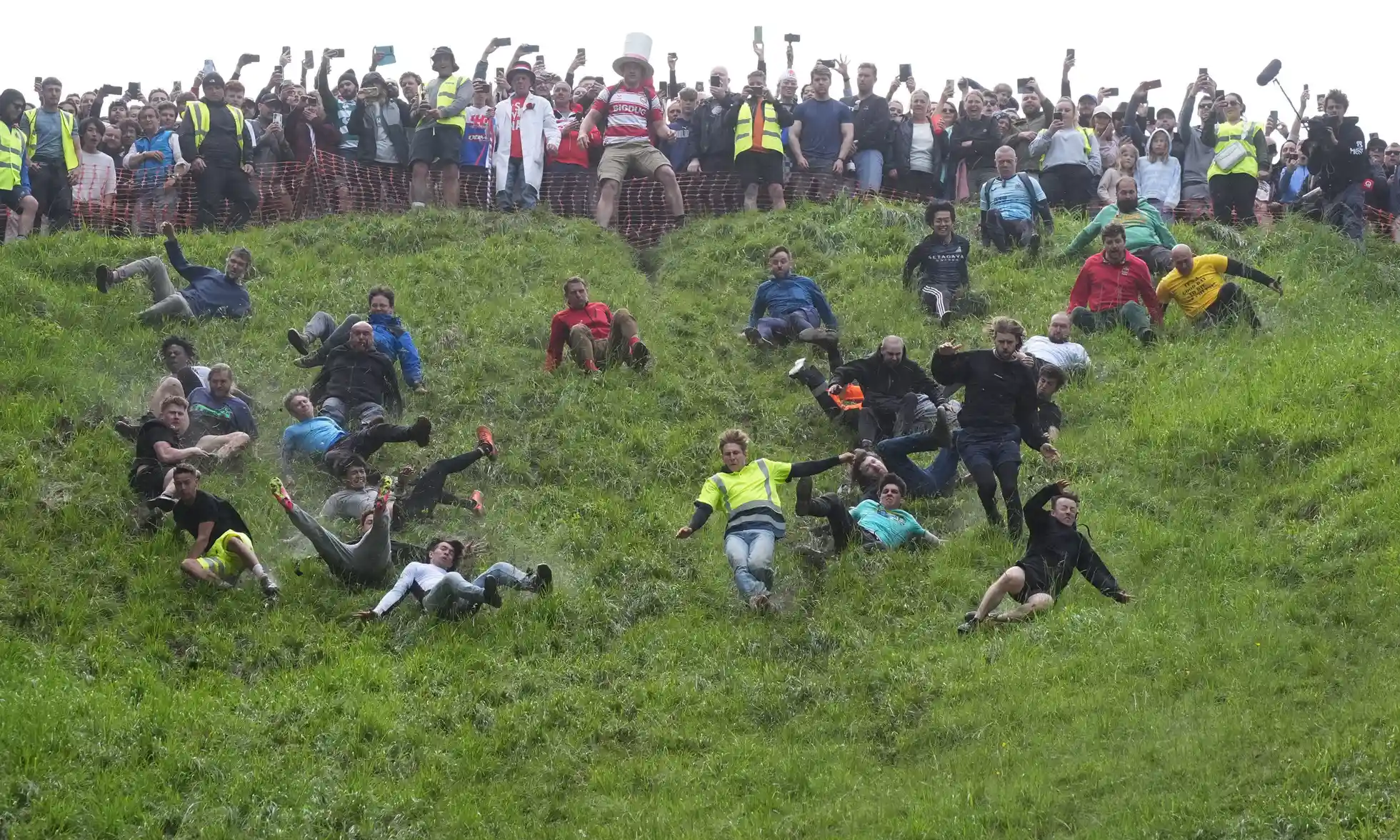
From The Guardian: "The helterskelter tumble down Cooper’s Hill, near Brockworth, in pursuit of a wheel of Double Gloucester cheese has been staged for decades, possibly centuries. Now it attracts competitors and spectators from across the globe and such is the international appeal that the BBC livestreamed the races, sometimes having to apologise for the ripe language that was almost inevitable at such an adrenaline-fuelled event. The rules are simple. You chase the cheese, which is given a start of a few seconds and is said to roll down the hill at about 70mph. First to the bottom – the humans apparently get up to more than 30mph – wins the cheese. The origin of the competition is unknown. Some believe it came from claiming grazing rights on the common and land around Cooper’s Hill; others think it could have been a fertility ritual."
The Victorian-era trans couple known as Fanny and Stella
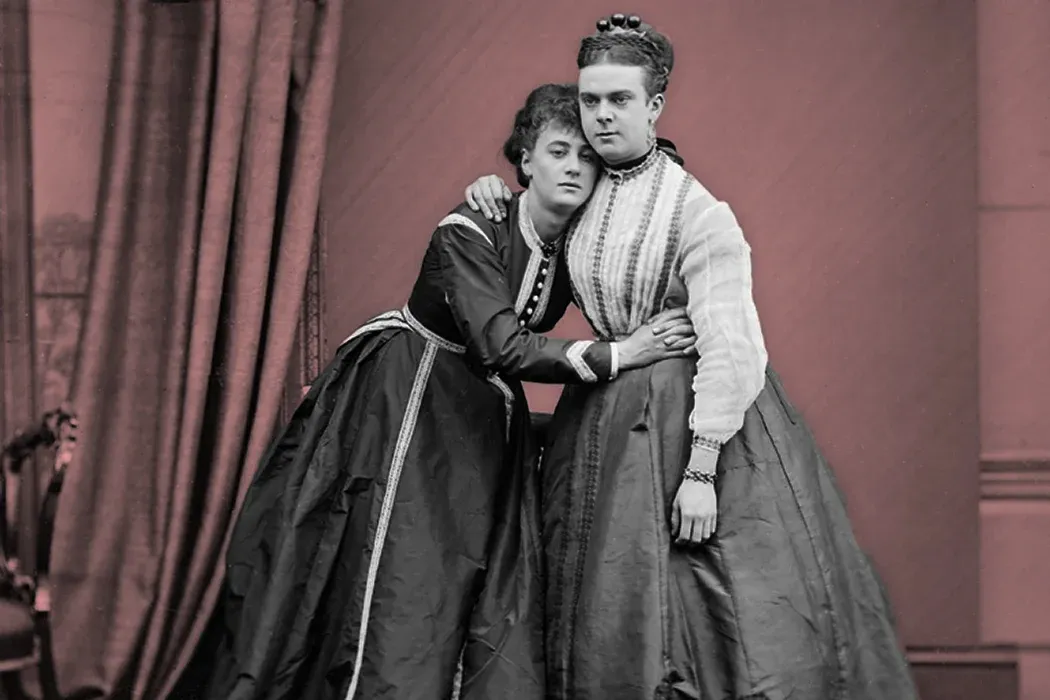
From JSTOR Daily: "Fanny and Stella were arrested for using the women’s bathroom in a theater. At the police station, they were stripped and invasively examined by an official gender-decider: anatomically, they were defined as men. A felony charge of solicitation to commit sodomy was added to the initial misdemeanor of disturbing the peace. During the sensational trial that followed, at least one newspaper used feminine pronouns for the accused. And at that trial, the mother of one of the defendants testified that her child had presented as female since the age of six. The jury convicted Fanny and Stella on the misdemeanor charge, but found the pair innocent of the much more serious felony charge, for which one could be sentenced to life with hard labor."
The process by which water turns to ice is a lot more complicated than you think

From Quanta magazine: "We learn in grade school that water freezes at zero degrees Celsius, but that’s seldom true. In clouds, scientists have found supercooled water droplets as chilly as minus 40 C, and in a lab in 2014, they cooled water to a staggering minus 46 C before it froze. You can supercool water at home: Throw a bottle of distilled water in your freezer, and it’s unlikely to crystallize until you shake it. Freezing usually doesn’t happen right at zero degrees for much the same reason that backyard wood piles don’t spontaneously combust. To get started, fire needs a spark. And ice needs a nucleus — a seed of ice around which more and more water molecules arrange themselves into a crystal structure. Ice nucleation remains surprisingly mysterious. Chemists can’t reliably predict the effect of a given impurity or surface, let alone design one to hinder or promote ice formation."
Watch this nine-year-old skateboarder land three 900s in a row
in case yall wanted to see a 9 year old demon land three 900s back to back to back https://t.co/RV8GVLsdVT pic.twitter.com/aofBKI1uBC
— kai (@shatteredjaw) June 15, 2024
Acknowledgements: I find a lot of these links myself, but I also get some from other newsletters that I rely on as "serendipity engines," such as The Morning News from Rosecrans Baldwin and Andrew Womack, Jodi Ettenberg's Curious About Everything, Dan Lewis's Now I Know, Robert Cottrell and Caroline Crampton's The Browser, Clive Thompson's Linkfest, Noah Brier and Colin Nagy's Why Is This Interesting, Maria Popova's The Marginalian, Sheehan Quirke AKA The Cultural Tutor, the Smithsonian magazine, and JSTOR Daily. If you come across something interesting that you think should be included here, please feel free to email me at mathew @ mathewingram dot com


